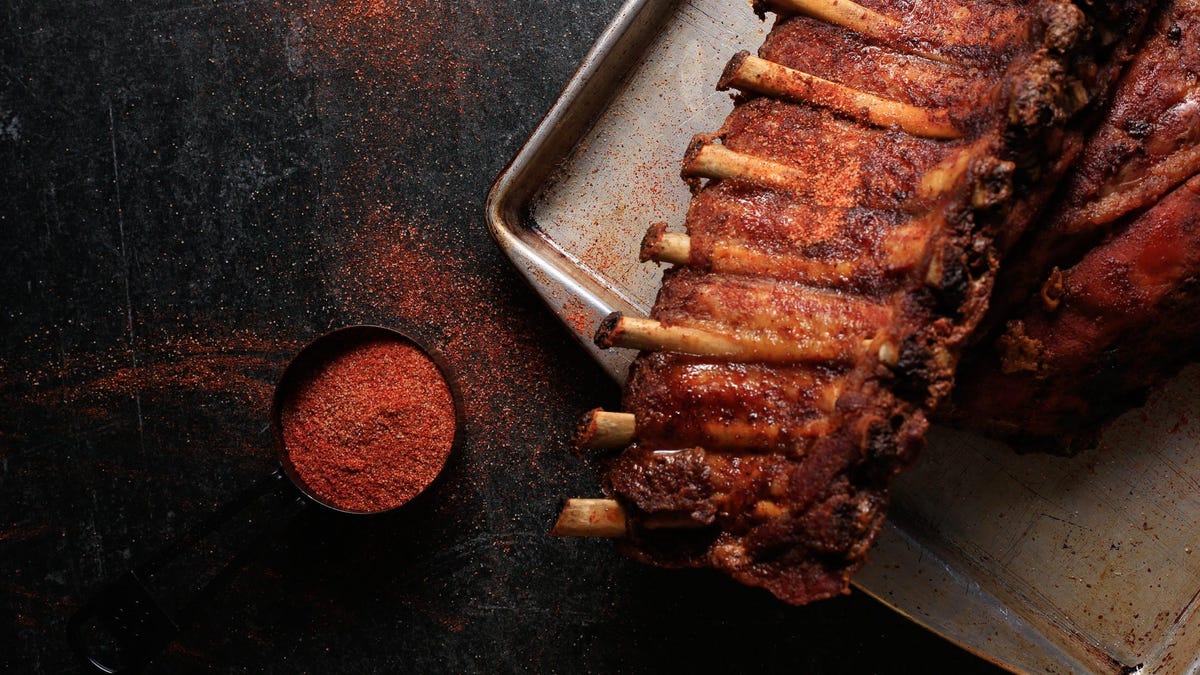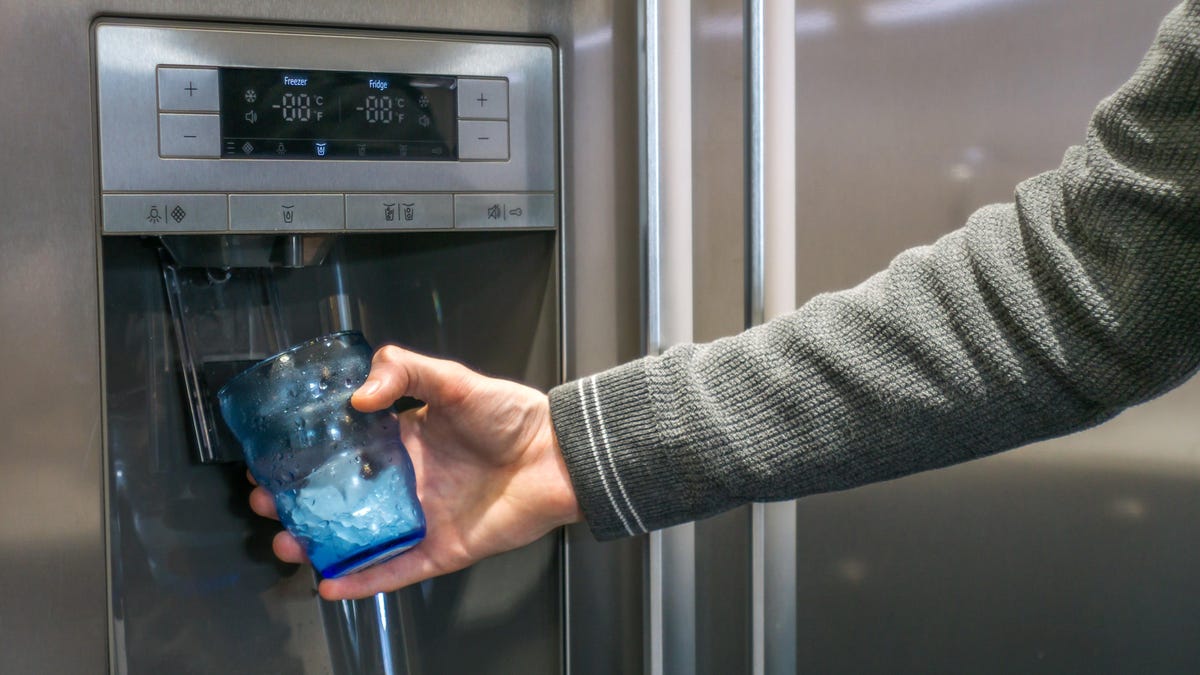How to Get a Rub to Stick to Your Meat
Rubs and rubbing rubs on meat are an important part of barbecuing. The mix of seasonings and spices is meant to stick to the meat’s surface, where it will hopefully dissolve a bit and help form the much-desired bark...


Rubs and rubbing rubs on meat are an important part of barbecuing. The mix of seasonings and spices is meant to stick to the meat’s surface, where it will hopefully dissolve a bit and help form the much-desired bark (a mix of spices, meat protein, and smoke from your smoker). Unlike salt, which should be applied separately, rubs don’t truly permeate meat—we actually want them to remain on the outside. But that means they need to stay there, and sometimes a rub needs a little help sticking to a brisket, ribs, chicken, or pork.
You can make the meat stickier with oil or water, or use your favorite condiment. Most rubs are more soluble in water than in oil—AmazingRibs.com even did an experiment to confirm it—so choosing something water-based will better encourage bark formation. Flavor-wise, I’ve used mustard and mayo, and never noticed that either one contributed much, but perhaps those with more sensitive palates would be able to detect such nuances.
One benefit to using mustard, mayo, or anything with a little bit of color is that you can see where you’ve already applied it, resulting in a more even application of the condiment and, subsequently, the rub. This works best if the color of the condiment does not match the color of the meat. Barbecue sauce may sound like a tempting option, but it’s also red, the color of raw beef, so it may be harder to see once applied.
When applying your rub, feel free to really rub it in. I heard a rumor that doing so can “harm the meat” by creating little cuts, but that’s silly. As Meathead at AmazingRibs.com points out, you are not going to harm your brisket with powders:
The surface has already been in a knife fight and there are gazillions of muscle fibers that have been sliced open. There are also bazillions of microscopic ridges, valleys, cracks, crevices, pits, pockmarks, and pores in the surface. The surface is far from smooth. Rubbing a rub into the surface can’t hurt it one bit. It is not going to lose any more juice than if you just sprinkle it on. And rubbing might just help the meat hold onto the rub better.
G/O Media may get a commission
So smear on something wet, then get to rubbing to build a beautiful, flavorful bark that will in no way harm your precious brisket.

 Lynk
Lynk 































